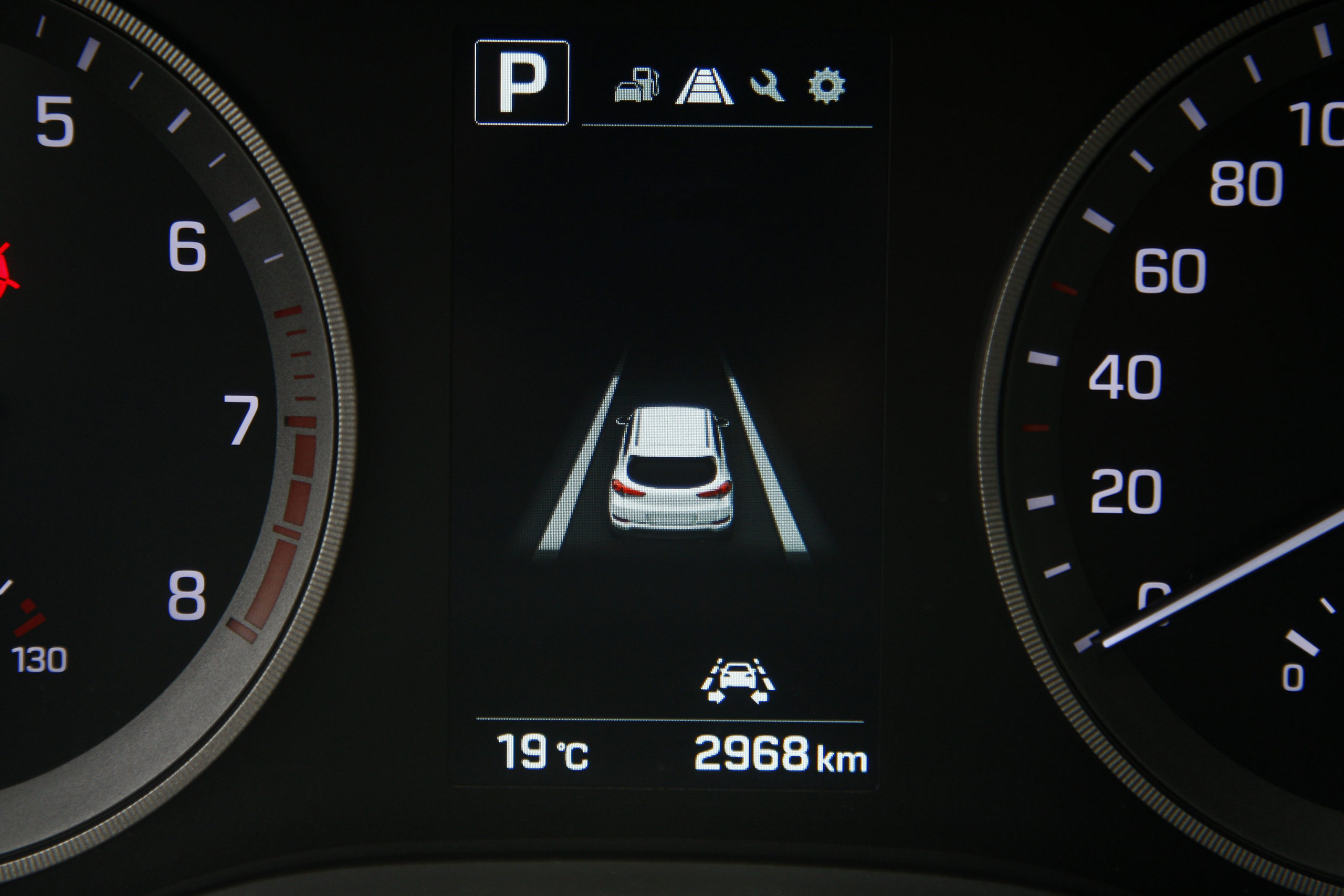How parents can reduce their teen drivers’ chance of an accident or fatality by 78% today.
Seven teens die in America every single day. When I told my daughter this statistic her response was “That’s it?” Then I re-framed it in a way that would make more sense to her. I told her if all the kids who died in car accidents in a single year attended her high school, that would be all 1,005 students in all four grades at her school, plus almost every kid out of the 1,609 who attend her rival high school, County High. She was speechless, just as I suspect you might be too if you are thinking about this in your town.
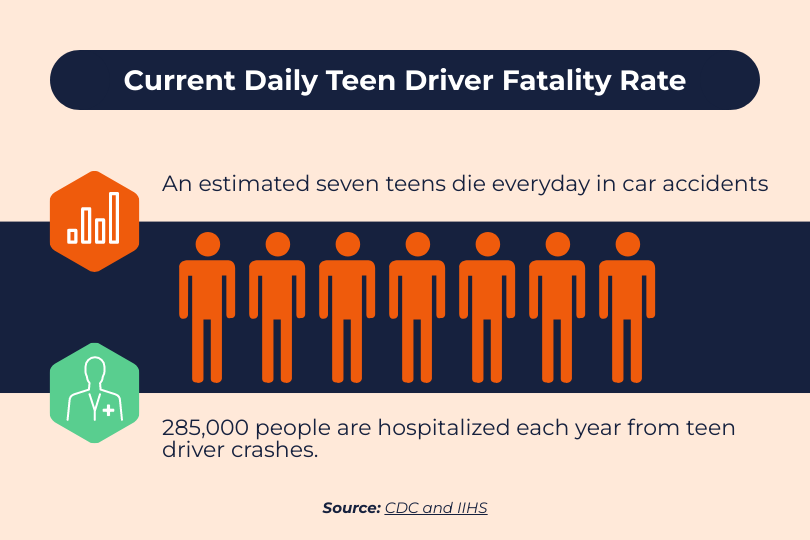
In addition to this, teen drivers send 285,000 people to the emergency room every year. If all those drivers happened to live near me, that would mean that every person who lives in my county, and about half of the people in the neighboring county. Statistically speaking (you can read all our teen driver statistics here) teen driver accidents is a major problem. But there is a partial solution that our friends at the Insurance Institute for Highway Safety (IIHS) published in their study about teen drivers in September 2022.
The IIHS researchers looked at all teen driver fatalities that occurred between 2016 and 2019 on U.S. roads and examined three crash scenarios where specific ADAS (Advanced Driver Assistance) crash avoidance technologies plus three “teen driver’ technologies could have changed the outcome of the collision. The ADAS technologies included Blind Spot Monitoring, Lane Departure Warning or prevention, and front crash prevention. The teen driver technologies included speeding prevention features, nighttime curfew notifications, and extended reminders or gearshift interlocks to encourage seat belt use. In some vehicles, these technologies are bundled and marketed as teen driver technologies such as “My Key” in most Fords.
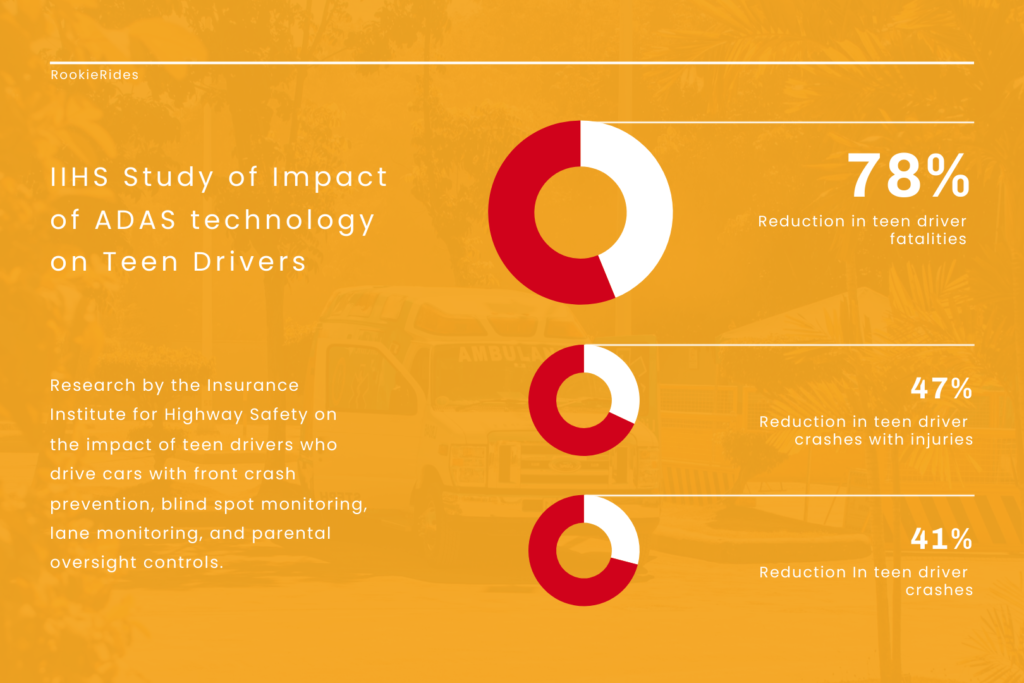
The IIHS Findings
Assuming those technologies were universally used and 100 percent effective, the IIHS concluded that together they could prevent or mitigate 41 percent of all crashes involving teen drivers and as many as 47 percent of teen driver injuries, and 78 percent of teen driver deaths. Imagine reducing teen driver fatalities by over three-quarters overnight, just by equipping all teen drivers with four common vehicle options.
Ultra High Strength Steel and its roll in teen driver fatality prevention
At Rookie Rides, we take into account crash test ratings and vehicle construction in addition to the existence and effectiveness of ADAS technology as fatality reduction factors. The IIHS researchers did not specifically look at crash test ratings and vehicle construction in this study, however, these newer ADAS technologies are typically only found in vehicles that have been built with ultra-high-strength steels and often with much higher crash safety ratings.
Referencing a 2020 IIHS teen driver vehicle study, researchers proved that a major contributing factor to the current teen driver fatality rate is that teens who die in crashes are often driving the oldest most ill-equipped vehicles. Often times teens are driving vehicles that pre-date the prevalence of Ultra High Strength steel. It is our belief at Rookie Rides, that had the researchers also factored in the age of the vehicle, crash safety ratings, and prevalence of ultra-high strength steel, the statistical impact on teen driver fatalities is likely to be higher than 78%.
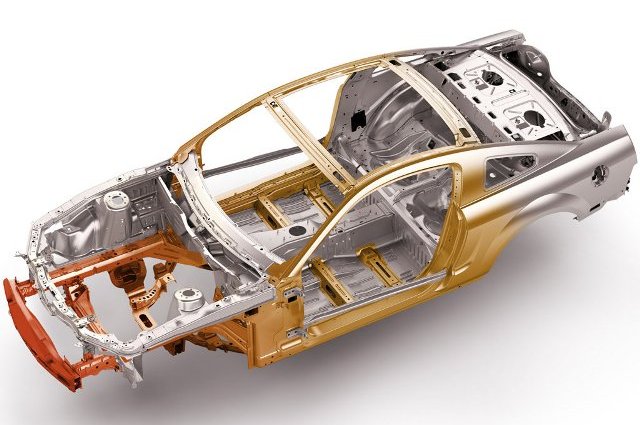
Crash reduction findings from the IIHS
In addition to the reduction in fatalities, researchers at the IIHS discovered additional reductions from these four ADAS options. Here are some of their findings:
Lane Departure Warning studies concluded that this feature could reduce crashes by a modest 11% and injuries by 21% in vehicles that currently have the technology. If blind spot monitoring were available in every vehicle on US roads at the same time, it has the potential to prevent 55,000 police-reported crashes per year.
Blind Spot Monitoring studies concluded that the technology could have prevented 14 percent of lane-changing crashes and reduced lane-change crashes with injuries by 23 percent.
Front Collision Warning studies concluded that front collision warning systems could drastically reduce rear-end collisions. Many of the forward collision warning systems also come equipped with automatic Emergency Braking (Autobrake) and researchers estimate that forward collision warning systems alone cuts collisions by 23 percent. For clarity purposes, Forward collision warning is a warning-only system (it will not hit the brakes for you) but those systems bundled with autobrake will apply the brakes for you.
Automatic Emergency Braking studies have the capability to reduce rear-end collisions by 40%, The IIHS stated that had all vehicles studied in 2013 contained an autobrake option that worked as well as the systems studied, there would have been at least 700,000 fewer police-reported rear-end crashes in 2013.
The IIHS study also shows that autobrake has a noticeable impact on reducing crashes with injuries. injuries. Forward collision warning with autobrake reduces rear-end crashes with injuries by 42 percent and up to 47 percent in Volvo vehicles equipped with City Safety. Forward collision warning alone is associated with a 6 percent decrease in rear-end injury crashes, though that finding isn’t statistically significant.
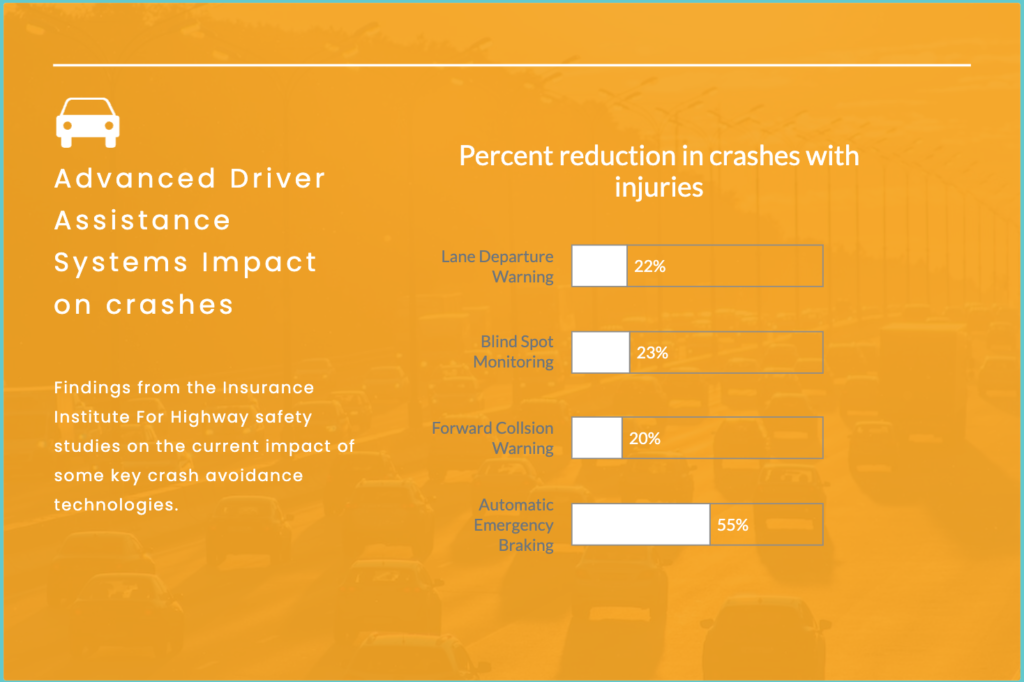
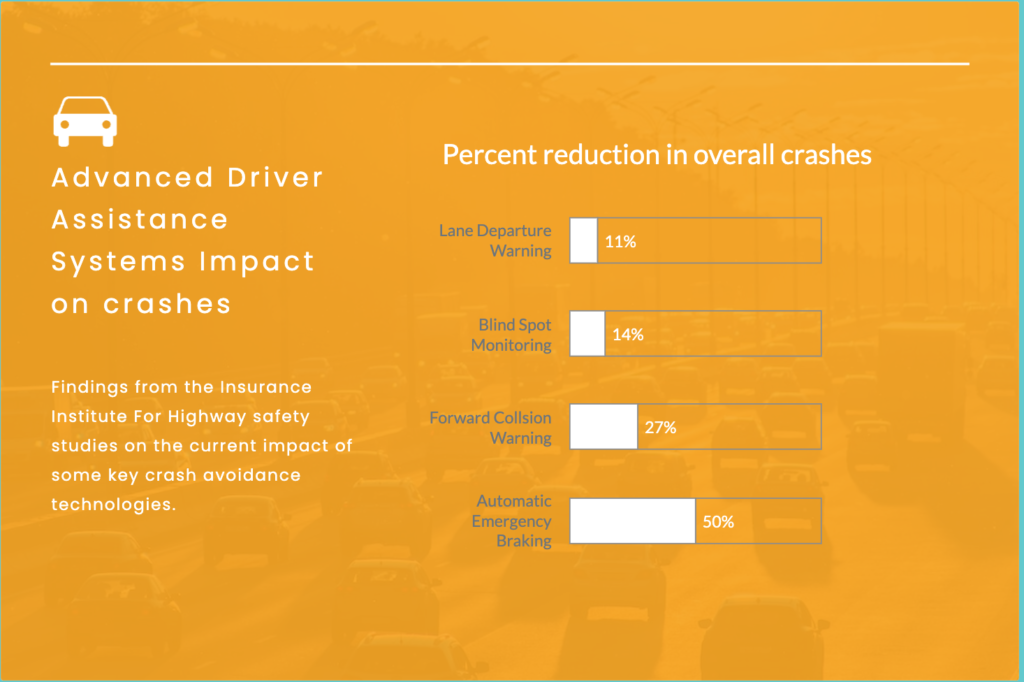
If these numbers seem low to you, you have to consider the conservative nature of the IIHS who take a data-driven approach to their findings. If a vehicle in their study has a combination of technologies listed (and many do) and it is not possible to single out which technology lead to the accident reduction, that was eliminated from the data set. And beyond that, there is no telling how many accidents never happened because technology prevented them from happening in the first place.
“The success of front crash prevention represents a big step toward safer roads,” says David Zuby, IIHS chief research officer. “As this technology becomes more widespread, we can expect to see noticeably fewer rear-end crashes. “
IIHS January 2016
Another technology to consider that was not specifically measured in the IIHS study is Adaptive Crusie Control. It is possible that some of the front crash prevention systems avoiding rear-end collisions were actually a result of adaptive cruise control. However, unlike front crash prevention, drivers must activate adaptive cruise control every time they use it, and the feature generally isn’t used for all types of driving because it has its limitations in certain traffic and terrain situations.
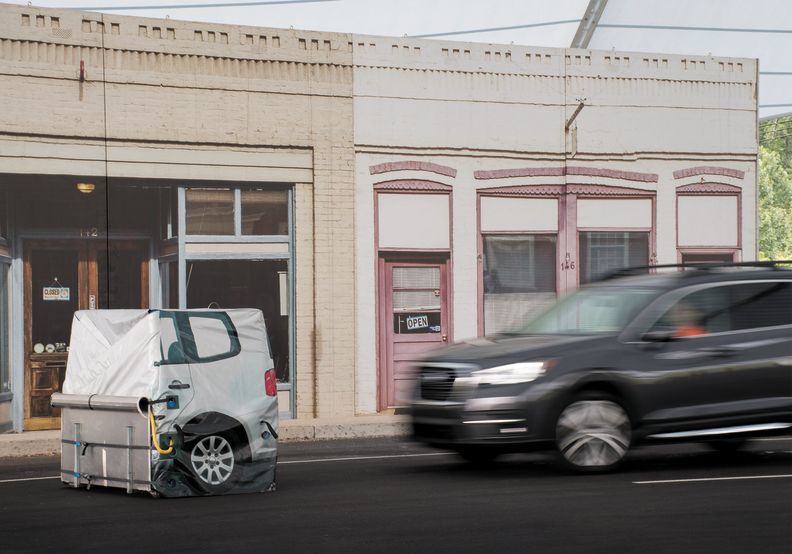
Conclusions
What do you suppose your odds of dying in a car accident are? Based on the number of cars on the road, the amount of time the average person spends on the roadway, and the rate of fatalities caused by car accidents, you are estimated to have a 1 in 107 (or less than a 1% chance) of dying in a car crash while driving. With an activity that we do almost every day, it’s no wonder that we are more scared of flying than a car even though your odds of even being in a plane crash are 1 in 11 million and your chances of dying in a plane crash are 1 in 205,552.
That is not the case for 16-19-year-old drivers who have a fatal crash rate per mile driven that is nearly 3 times the rate (or a 2.80%) for drivers ages 20 and over. The fatality risk is highest at ages 16-17 or the first two years of driving. It is understandable that a parent’s first instinct is to put their child in a reliable old beater as their first car because they fear that the novice driver will crash or damage the vehicle.
What parents are often not considering however is the vehicle’s potential to avoid crashes in the first place. This is no fault to the parents, it is symptomatic of a lack of awareness and education to parents. Our mission at Rookie Rides is to fix that problem and to help pair you with safe cars with safety technology to match any budget. Hopefully, this review of the statistics will help you make those better decisions. Because in our opinion the solution is pretty simple, making smarter more informed decisions can significantly reduce the teen driver fatality rate.
We invite you to please use the Rookie Rides ‘Match Me’ feature to pair vehicles to your teen drivers’ needs. If you have any questions or need further assistance please contact us using the contact form on this site.
Safe and happy motoring.

 Back to Teach Me
Back to Teach Me





